Art & Exhibitions
10 International Pop Artists You Should Know
"International Pop" opens in Philadelphia.

Photo: courtesy the Walker Art Center, © Artists Rights Society (ARS), New York.
"International Pop" opens in Philadelphia.

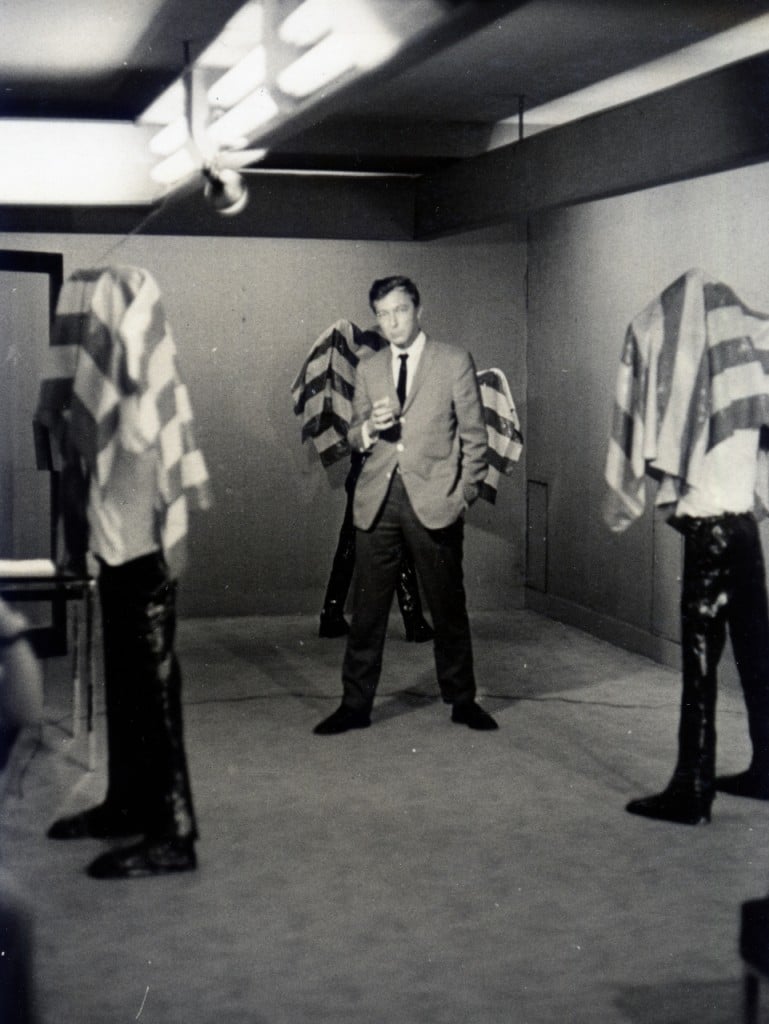
Jasper Johns posing with Kojima Nobuaki’s Standing Figures, Tokyo (1964).
Photo: Junichi Takeishi, courtesy Tsubouchi Kazutada, via the Walker Art Center.
When most people think of Pop art, the big names come to mind: Andy Warhol, Roy Lichtenstein, and Jasper Johns. The Walker Art Center in Minneapolis reminded the art world that the genre is actually a much larger phenomenon with its critically-acclaimed 2015 exhibition, “International Pop.” As the show travels to the Philadelphia Museum of Art, opening on February 24, here are 10 under-appreciated masters of the field whose work you can see in the show.
And for more Pop art on offer, check out artnet Auctions’s Pop art sale, which runs through February 24.

Antônio Henrique Amaral, Homenagem séc. XX/XXI (20th/21st-Century Tribute) (1967).
Photo: Lili and João Avelar Collection, © 2014 Artists Rights Society (ARS), New York/ AUTVIS, Sao Paulo.
1. Antônio Henrique Amaral (1935–2015)
Pop goes political in this piece by Antônio Henrique Amaral, who was an outspoken critic of the military dictatorship in his native Brazil in the 1960s, as well as US involvement in Latin America. He maintained an appreciation for the absurd up until his death at 79, last year.
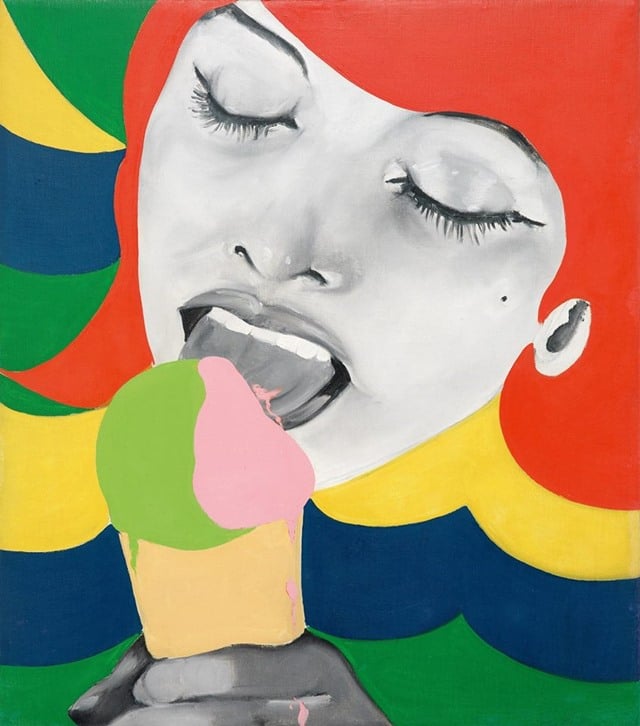
Evelyne Axell, Ice Cream (1964).
Photo via Philadelphia Museum of Art. © Artists Rights Society (ARS), New York / ADAGP, Paris.
2. Evelyne Axell (1936–1972)
Belgian feminist artist Evelyne Axell is pushing the envelope with this colorful, female-focused piece, which was recently censored by Facebook for its suggestive imagery.

Rosalyn Drexler, Rosalyn Drexler (1966).
Photo: courtesy the Walker Art Center, © Artists Rights Society (ARS), New York.
3. Rosalyn Drexler (1926–)
This Rosalyn Drexler work, with its subject matter and dramatic contrast, recalls Robert Longo‘s classic “Men in the Cities” photographs of men in suits, but was painted by the American artist over a decade earlier.
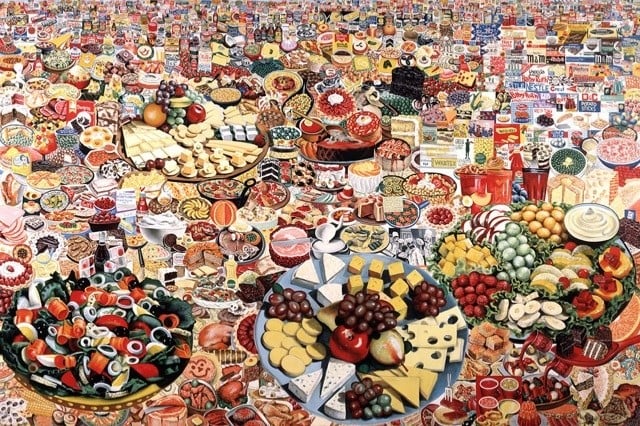
Erró, Foodscape (1964).
Photo: courtesy the Moderna Museet, Stockholm, © 2014 Artists Rights Society (ARS), New York/ADAGP, Paris.
4. Erró (1932–)
This eye-catching commentary on consumerism by Icelandic artist Erró is almost good enough to eat. “I paint because painting is a private Utopia,” he once wrote. (To catch the artist’s work in New York, check out “Erró: Paintings from 1959 to 2016,” March 1–April 23, 2016, at Galerie Perrotin.)
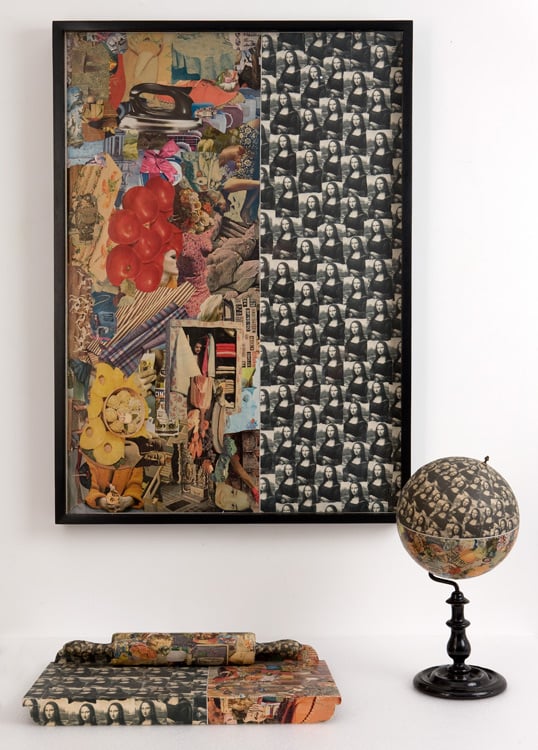
Jirí Kolár, Mona Lisa Environment (1964). Photo: collection of Jennifer Butkevich, Houston. © Estate of Jiri Kolar courtesy Galerie Lelong, Paris.
5. Jirí Kolár (1914–2002)
With this Mona Lisa-inspired work, Jirí Kolář, a Czech poet, writer, and painter, embraced Pop art’s appropriation of the zeitgeist in its various forms.

Anna Maria Maiolino, Kehm (1967).
Photo: Lili and João Avelar Collection, © Anna Maria Maiolino.
6. Anna Maria Maiolino (1942–)
After emigrating to Brazil from her native Italy, Anna Maria Maiolino was featured in the 1967 exhibition “New Brazilian Objectivity,” an important international show in the worldwide Pop movement.
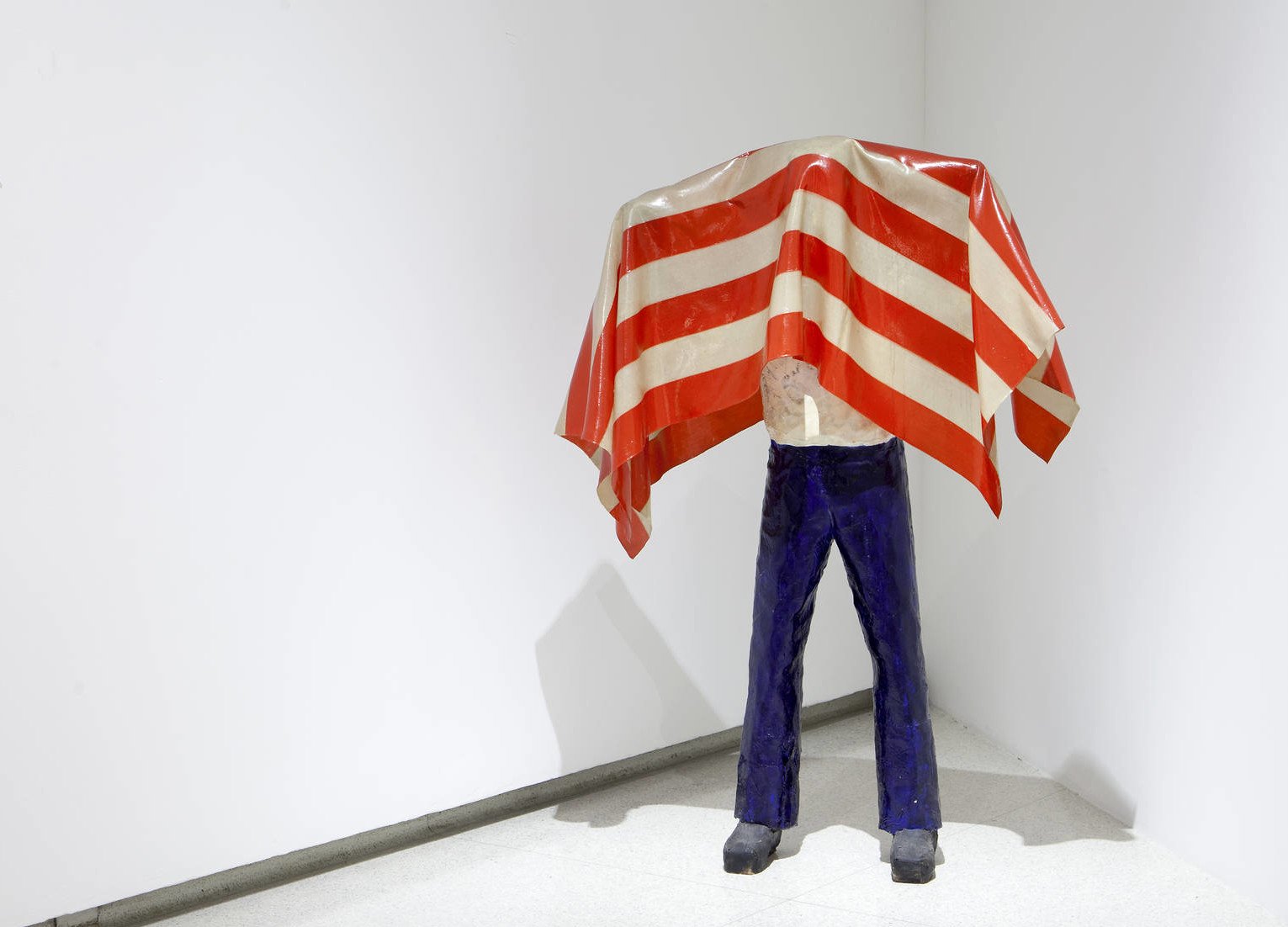
Kojima Nobuaki, Untitled (Figure), 1976.
Photo: Walker Art Center.
7. Kojima Nobuaki (1935–)
Jasper Johns himself once posed with a group of these ominous American flag-clad figures during a two month artist’s residency in Kojima Nobuaki’s native Japan. An untitled flag work featuring a similarly draped figure is in the Museum of Modern Art’s permanent collection. Nojuaki grapples with themes involving US power and individualism, throughout his decades-long career.
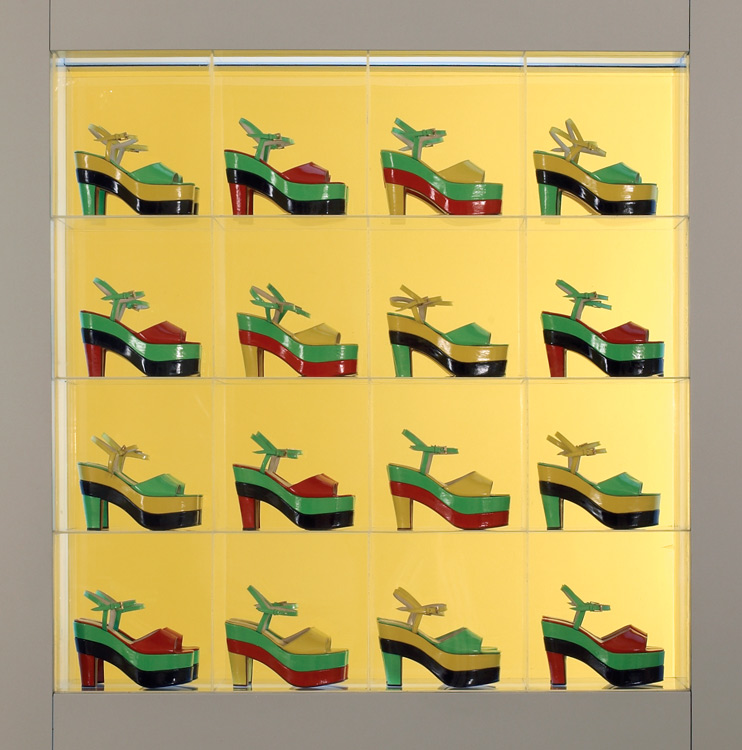
Dalila Puzzovio, Dalila doble plataforma (Dalila Double Platform) (1967/2002).
Photo: courtesy Mock Galeria, Buenos Aires.
8. Dalila Puzzovio (1945–)
Born in Argentina, Dalila Puzzovio was also a fashion designer, as evidenced by this stylish—and prizewinning—footwear. The Buenos Aires native created the iconic “Dalila doble plataforma” (Dalilia Double Platform), which she frequently invoked in her artwork.
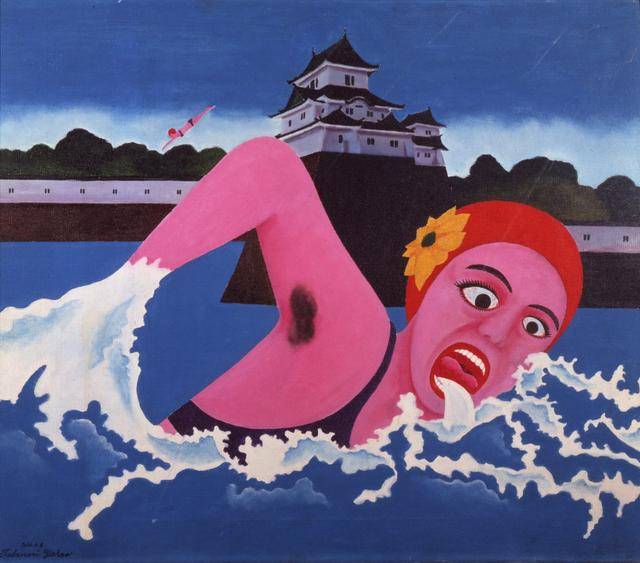
Yokoo Tadanori, Moat.
Photo: courtesy the Walker Art Center.
9. Yokoo Tadanori (1936–)
As a well-known artist and graphic designer in Japan, Yokoo Tadanori was inspired by traditional Japanese motifs, as well as psychedelia—influences that are easy to spot in this trippy painting above, which references the Imperial Palace in Tokyo.
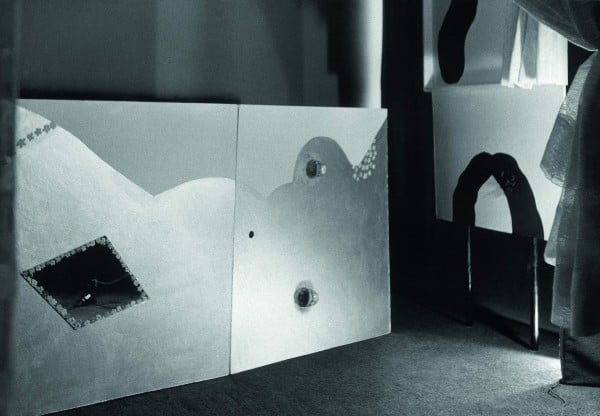
Jana Želibská, Venus (1967).
Photo: courtesy the Slovak National Gallery.
10. Jana Želibská (1941–)
Slovakian artist Jana Želibská told the Tate Museum in 2015 that she was not a Pop artist, but admitted that “I have used some expressive means of pop art in my work.” She arrived in Paris during the 1968 student revolutions, and was steeped in nouveau réalisme as well as Pop.